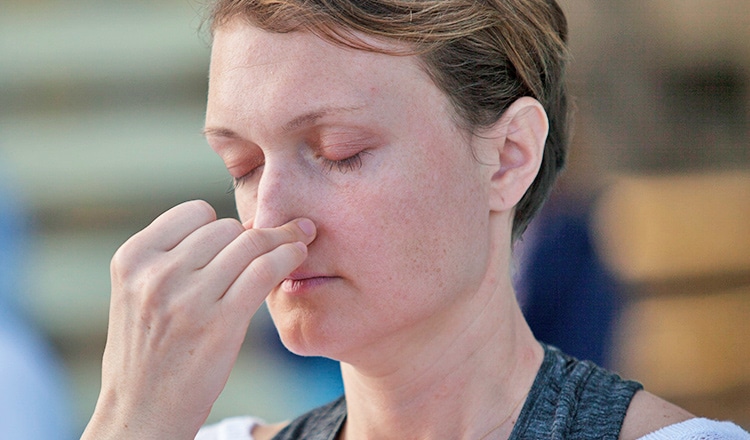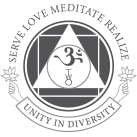Sivananda Bahamas Blog
Expand Your Horizons …
Our Blog
Breathe Deeply: The Yogic Lifestyle #1
How many facets of yoga do you know? How many do you practice? At the Sivananda Ashram Yoga Retreat Bahamas, a destination for yogis from around the world, yoga is based on five points that are practiced regularly in order to achieve wholeness in your mind, body, and soul.
In this five-part series, you can learn about each of these aspects of living yoga in your daily life.
*****
Were you taught how to breathe in school? Did your parents teach you how to breathe?
As basic as breathing is, very few of us were actually taught how to do it in an intentional way — that is, until we stumbled upon a yoga class.
You have a special relationship to your breath. You are with it all the time, and it changes when you change. When you are stressed, your breath becomes rapid and shallow. When you are calm, your breath is slow and deep. When you’re focused hard on something, you may hardly breathe at all!
Just as your mental state controls your breath, you can use your breath to help control your mental state. If you find yourself stressed, focus on slowing down your breath, as if you were already calm. Watch as your mind starts to calm itself down as it gets the cues from your breathing.
Practice Now Sit up straight and start to breathe through your nose. See if you can inhale for 4 seconds, and exhale for 4 seconds. Expand the belly with the inhale, and relax it with the exhale. This type of breath is good for relaxation, de-stressing, and sleep — use it as often as you can!
How Does Breathing Relate to Yoga?
In yoga, the control of the breath is called pranayama, and all breathing exercises are types of pranayama. ‘Prana’ is a Sanskrit word that means ‘life force’ and ‘yama’ means ‘control, or restraint.’ When you control the breath, you control your life force!
That’s why yoga and breathing help you manage your energy levels. The better you can direct your life force, the better you can direct your life.
Three Types of Breathwork
In Sivananda Yoga, students are taught three types of breathing in every class. Each one has a different effect:
- Two-Part Breath This breath is calming, and it trains your body to take full deep breaths. It is called “two-part breath” because you engage both your abdomen and your chest to get the full breath going.
- Kapalabhati ‘Kapala' is a Sanskrit word; it means skull. 'Bhati' means to shine. This breath is a cleansing one. It cleanses the respiratory system and the nasal passages. Every Sivananda yoga class begins with Kapalabhati.
- Aniloma Viloma Also known as “alternate nostril breathing,” this type of breathwork can be practiced every day to calm and energize the mind. Have a job interview or nerve-wracking doctor’s appointment? Aniloma viloma will help you calm your mind.
Swami Sivananda Says: “It is Prana that shines in your eyes. Prana is the universal principle of energy or force. It is a vital force. It is all-pervading. The smile in a young lady, the melody in the music, the power in the empathetic words of an orator, the charm in the speech of one’s beloved, are all due to Prana.”
*****
Read the whole series
- Mindfully Move Your Body: The Yogic Lifestyle #2
- You Are What You Eat: The Yogic Lifestyle #3
- Relax Your Body, Relax Your Mind: The Yogic Lifestyle #4
- Think Positive and Meditate: The Yogic Lifestyle #5
*****
Want to learn more? Immerse in a Sivananda Essentials Course — Rejuvenate while you are here and learn yogic lifestyle practices for physical, mental, and spiritual well-being in daily life.








